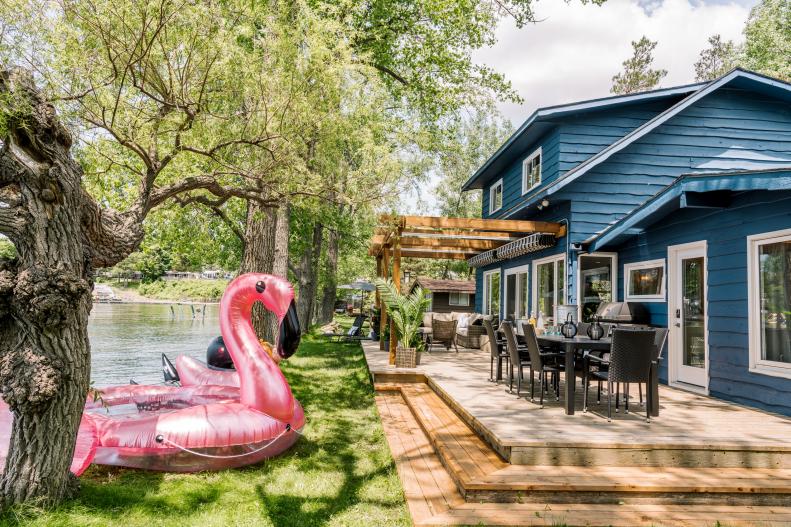1 / 13
Photo: Johnny C.Y. Lam.
From:
Scott McGillivray and Vacation House Rules.
Scott's Best Flipping Tips Revealed
We all love a good rags-to-riches renovation — otherwise known as house flipping. Though these renovations are fun to watch (tune into Flip or Flop, Flipping 101 or Windy City Rehab on HGTV if you're in need of a fix), they aren't always easy to pull off. So, we sat down with the host of Vacation House Rules, flipping expert, contractor and real estate pro Scott McGillivray. He gave us 12 of his best tips and tricks.









